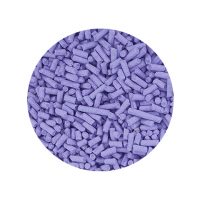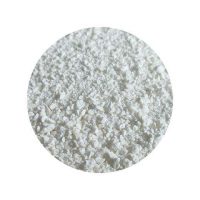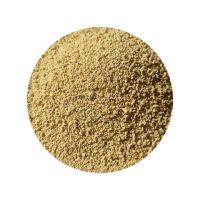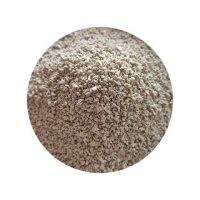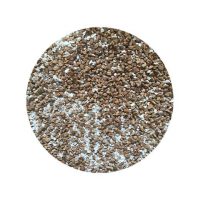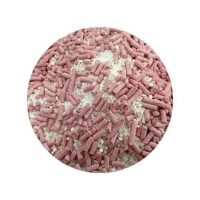As a loving cat owner, you want to ensure your feline friend’s well-being. A crucial aspect of responsible pet ownership is providing a safe and healthy environment. This includes making informed choices about your cat’s litter.
In this comprehensive guide, we’ll delve into the world of cat litter safety, addressing common concerns, and providing expert tips to keep your cat and your home safe and healthy.
Understanding Cat Litter Safety
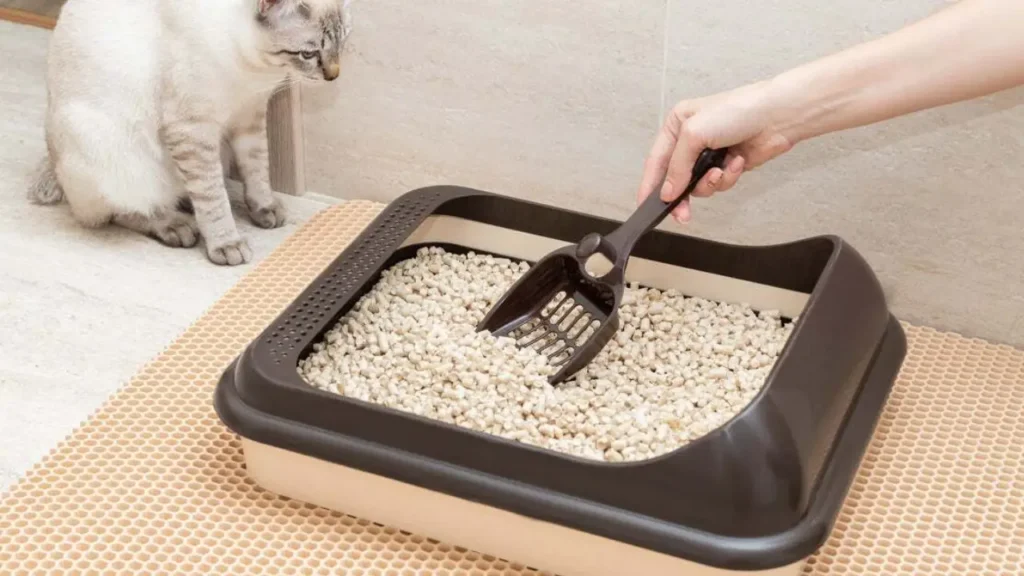
Cat litter, while essential for maintaining a clean and hygienic environment for your feline friend, can pose potential risks if not handled correctly. Here are some key safety considerations to keep in mind:
1. Choosing the Right Litter:
- Avoid Silica Gel: While effective for odor control, silica gel can be harmful if ingested.
- Clay-Based Litters: These are common but can be dusty, which may irritate your cat’s respiratory system.
- Plant-Based Litters: Made from natural materials like wheat, corn, or recycled paper, these are generally safer.
- Consult Your Vet: If your cat has specific health concerns, consult your veterinarian for recommendations.
2. Litter Box Maintenance:
- Regular Cleaning: Scoop out waste daily to prevent odor and bacterial growth.
- Full Cleaning: Deep clean the litter box weekly or as needed to remove debris and germs.
- Proper Disposal: Dispose of used litter in sealed bags to prevent odors and attract pests.
3. Preventing Ingestion:
- Monitor Your Cat: Keep an eye on your cat to ensure they aren’t eating litter.
- Consult a Vet: If you notice your cat ingesting litter, consult your veterinarian immediately.
4. Handling Precautions:
- Wear Gloves: Protect your hands from bacteria and chemicals when cleaning the litter box.
- Wash Hands: Thoroughly wash your hands with soap and water after handling litter.
- Ventilation: Ensure proper ventilation when cleaning the litter box to reduce exposure to dust and odors.
By following these safety guidelines, you can create a safe and healthy environment for both your cat and yourself.
Safest Cat Litter
Cat litter safety is a crucial aspect of feline care. While it may seem like a simple product, the type of litter you choose can significantly impact your cat’s health and well-being. Let’s delve deeper into the factors to consider when selecting a safe and suitable litter:
Key Factors for Safe Cat Litter:
- Dust Content:
- Low-Dust or Dust-Free: These options are ideal for cats with respiratory sensitivities.
- Minimizing Inhalation: Less dust reduces the risk of respiratory irritation and potential health issues.
- Ingredient Safety:
- Avoid Toxic Substances: Ensure the litter is free from harmful chemicals or substances that could be toxic if ingested.
- Natural Ingredients: Plant-based litters made from materials like wheat, corn, or recycled paper are generally safer.
- Odor Control:
- Effective Odor Control: Choose a litter that can effectively neutralize odors without relying on harsh chemicals.
- Natural Odor Control: Look for litters with natural odor control agents like activated charcoal or baking soda.
- Paw Comfort:
- Gentle on Paws: Opt for litters that are soft and gentle on your cat’s paws, especially for older cats or those with sensitive skin.
- Avoid Sharp or Abrasive Materials: These can irritate your cat’s paws and lead to discomfort.
Common Cat Litter Types and Their Safety Considerations:
- Clay-Based Litter:
- Pros: Effective odor control, strong clumping.
- Cons: Can be dusty, may not be suitable for cats with respiratory issues.
- Silica Gel Litter:
- Pros: Excellent odor control, low-dust, long-lasting.
- Cons: Can be expensive, may not be suitable for all cats, potential for ingestion.
- Plant-Based Litter:
- Pros: Eco-friendly, biodegradable, often low-dust and gentle on paws.
- Cons: May not be as effective at odor control as other options.
Additional Safety Tips:
- Regular Litter Box Cleaning: Scoop out waste daily to prevent bacteria growth.
- Deep Cleaning: Clean the litter box thoroughly every week to remove debris and germs.
- Monitor Your Cat’s Behavior: Watch for signs of illness or discomfort that may be related to the litter.
- Consult Your Veterinarian: If you have concerns about your cat’s health or litter choices, seek professional advice.
By carefully considering these factors, you can make informed decisions about your cat’s litter and ensure a safe and healthy environment for your feline friend.
Is Pine Cat Litter Safe for Cats
Pine litter can be a safe and effective option for cats, but it’s important to choose the right type.
Key points to consider:
- Kiln-Dried Pine: This type of pine litter is safe for cats. It’s processed to remove harmful phenols and other toxins.
- Untreated Pine: Avoid using untreated pine shavings or sawdust as cat litter. These can contain harmful substances that can irritate your cat’s respiratory system.
Benefits of Kiln-Dried Pine Litter:
- Eco-Friendly: Made from a renewable resource.
- Low-Dust: Minimizes respiratory irritation.
- Effective Odor Control: Absorbs moisture and odors well.
- Easy to Clean: Clumps easily and can be flushed in some areas.
However, there are a few drawbacks:
- Strong Scent: Some cats may find the strong pine scent overwhelming.
- Less Effective Clumping: It may not clump as well as clay-based litters.
Ultimately, the best way to determine if pine litter is right for your cat is to try it out. Start with a small amount and monitor your cat’s behavior. If your cat seems to be happy and healthy, and there are no signs of respiratory issues, then pine litter may be a good option for you.
Is Baking Soda Safe for Cat Litter
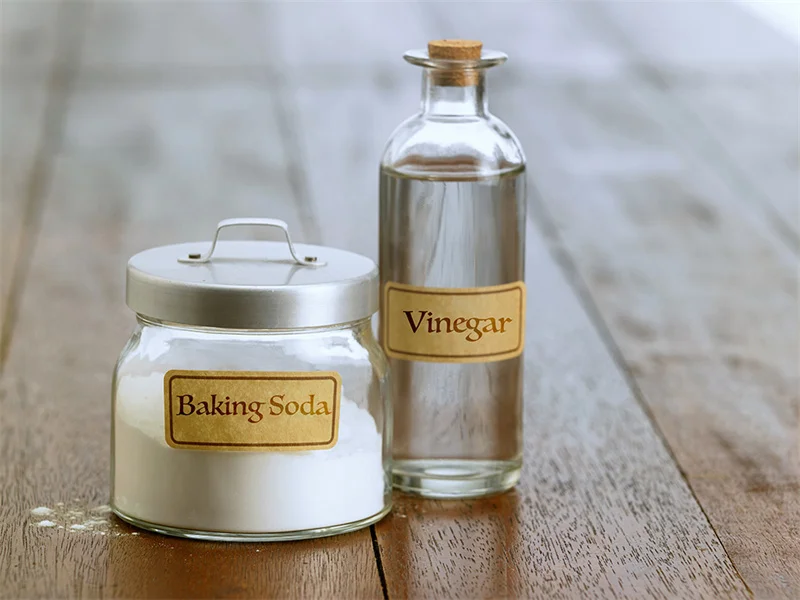
While baking soda is generally safe for humans, it’s not recommended to add it directly to your cat’s litter box.
Here’s why:
- Respiratory Issues: Baking soda can create dust when disturbed, which can irritate your cat’s respiratory system.
- Ingestion Risk: Cats are curious creatures and may ingest baking soda, which can lead to digestive upset or other health problems.
- Reduced Litter Box Appeal: The strong odor of baking soda may deter your cat from using the litter box.
Instead of adding baking soda, consider these safer alternatives:
- High-Quality Litter: Invest in a high-quality litter with effective odor control. Many modern litters are designed to neutralize odors without the need for additional additives.
- Regular Cleaning: Scoop the litter box daily to remove waste and control odors.
- Deep Cleaning: Clean the litter box thoroughly with hot water and a gentle cleaner at least once a week.
By following these tips, you can maintain a clean and odor-free litter box without risking your cat’s health.
Is Silica Cat Litter Safe for Cats
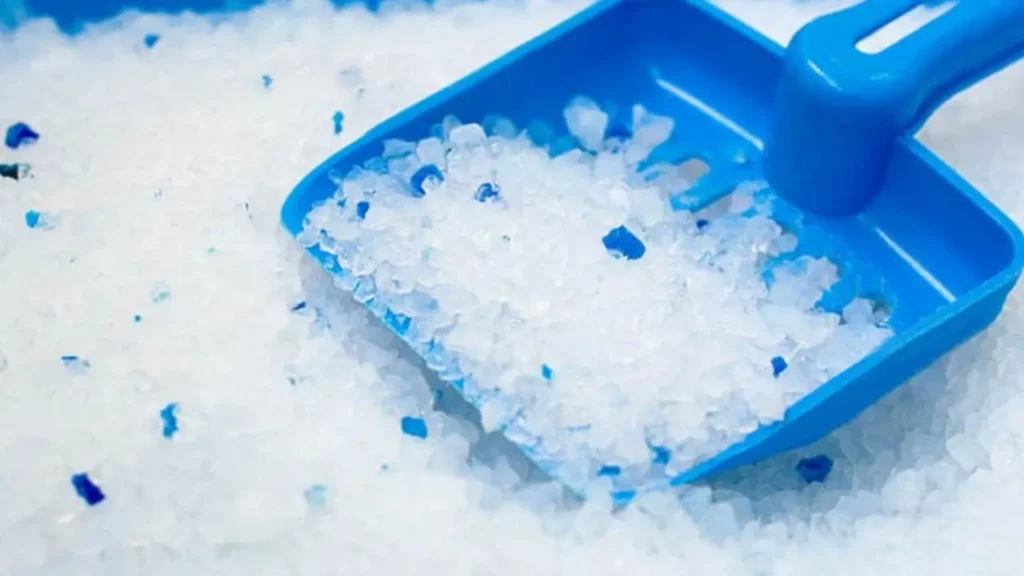
Yes, silica cat litter is generally safe for cats.
The type of silica used in cat litter is amorphous silica gel, which is non-toxic and safe for cats to inhale or ingest. It’s often preferred for its excellent odor control and low-tracking properties.
However, it’s important to note that:
- Excessive Ingestion: While generally safe, excessive ingestion of any foreign substance can lead to digestive issues.
- Dust Inhalation: While silica cat litter is designed to be low-dust, prolonged exposure to any dust can irritate your cat’s respiratory system.
To minimize any potential risks, ensure you:
- Choose a high-quality brand: Reputable brands typically use high-quality silica gel that is safe for cats.
- Clean the litter box regularly: This helps reduce dust and bacteria buildup.
- Monitor your cat’s behavior: Keep an eye on your cat to ensure they aren’t ingesting excessive amounts of litter.
If you have concerns about your cat’s health or the type of litter you’re using, consult with your veterinarian.
Is Flushable Cat Litter Safe for Plumbing
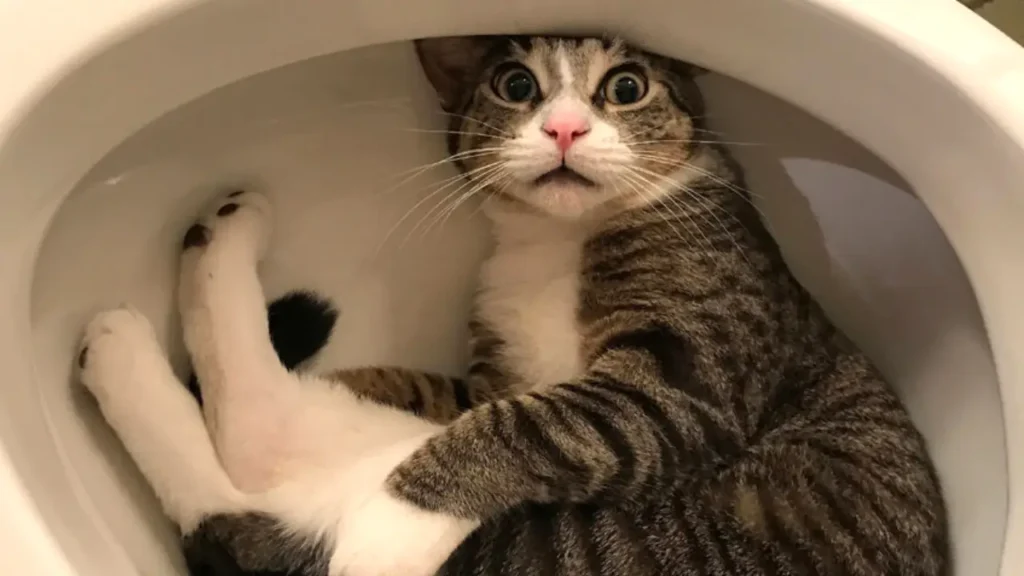
While some cat litter brands are marketed as “flushable,” it’s generally not recommended to flush cat litter down the toilet.
Even if the product claims to be flushable, it can still cause plumbing issues, especially in older or poorly maintained systems.
Here’s why:
- Clogged Pipes: Cat litter, even the flushable kind, can clump together and clog pipes, leading to expensive plumbing repairs.
- Sewage Treatment Plant Issues: Flushed cat litter can overload sewage treatment plants, impacting water quality.
- Health Risks: Cat feces can contain harmful bacteria and parasites. Flushing it can contaminate water sources.
The safest and most environmentally friendly way to dispose of cat litter is to:
- Scoop cat litter waste into a disposable bag.
- Dispose of the bag in the trash.
By following these guidelines, you can help protect your plumbing system and the environment.
Is Lavender Scented Litter Safe for Cats

The safety of lavender-scented litter for cats is a bit of a gray area. While lavender itself isn’t inherently toxic to cats, the concentration and form of lavender used in litter can be a factor.
Here’s what you need to know:
- Pure Essential Oils: These are highly concentrated and can be toxic to cats if ingested or absorbed through the skin.
- Lavender-Scented Litter: These products typically use a diluted form of lavender fragrance, which is generally considered safe for cats. However, some cats may be sensitive to strong scents.
- Individual Cat Sensitivity: Some cats may be more sensitive to scents than others. If you notice any adverse reactions, such as excessive grooming, skin irritation, or changes in behavior, discontinue use and consult your veterinarian.
To be on the safe side, it’s recommended to choose unscented or lightly scented litter. If you prefer a scented litter, opt for one with natural, plant-based fragrances. Always monitor your cat’s behavior and health closely after introducing a new litter type.
Are Wood Pellets Safe for Cat Litter
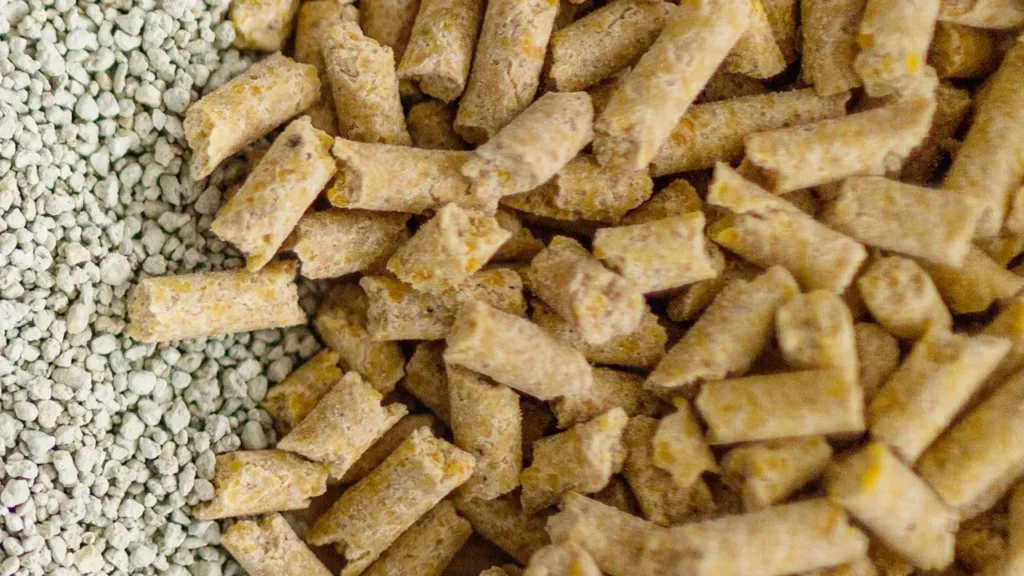
Yes, wood pellets can be a safe and effective cat litter option when used correctly.
However, it’s crucial to ensure that the wood pellets are specifically designed for pet use and are kiln-dried. Kiln-drying removes harmful phenols and other toxins that can be present in untreated wood.
Key benefits of using wood pellet cat litter:
- Eco-Friendly: Made from a renewable resource.
- Low-Dust: Minimizes respiratory irritation for both cats and humans.
- Effective Odor Control: Absorbs moisture and odors well.
- Cost-Effective: Can be more affordable than traditional clay or silica litters.
Important Considerations:
- Avoid Untreated Wood Pellets: These can contain harmful substances that may be toxic to cats.
- Monitor Your Cat: Keep an eye on your cat’s behavior and health after switching to wood pellet litter. If you notice any adverse reactions, consult your veterinarian.
- Regular Cleaning: Clean the litter box regularly to prevent odor buildup and maintain a healthy environment.
By choosing a high-quality, kiln-dried wood pellet litter, you can provide a safe and environmentally friendly option for your feline friend.
Is Activated Charcoal in Cat Litter Safe
Yes, activated charcoal in cat litter is safe for cats.
Activated charcoal is a natural substance that is often used to absorb toxins and odors. When used in cat litter, it helps to neutralize unpleasant smells, making the litter box more appealing to your cat.
Key benefits of activated charcoal in cat litter:
- Effective Odor Control: Activated charcoal is highly effective at absorbing odors, keeping your home smelling fresh.
- Non-Toxic: It’s safe for cats to ingest, so you don’t have to worry if your cat accidentally licks some.
- Environmentally Friendly: Activated charcoal is a natural product that is biodegradable and often sourced from sustainable materials.
When choosing a cat litter with activated charcoal, look for a reputable brand that uses high-quality ingredients. Additionally, ensure the litter is low-dust to minimize respiratory irritation for both you and your cat.
How to Safely Change Cat Litter While Pregnant
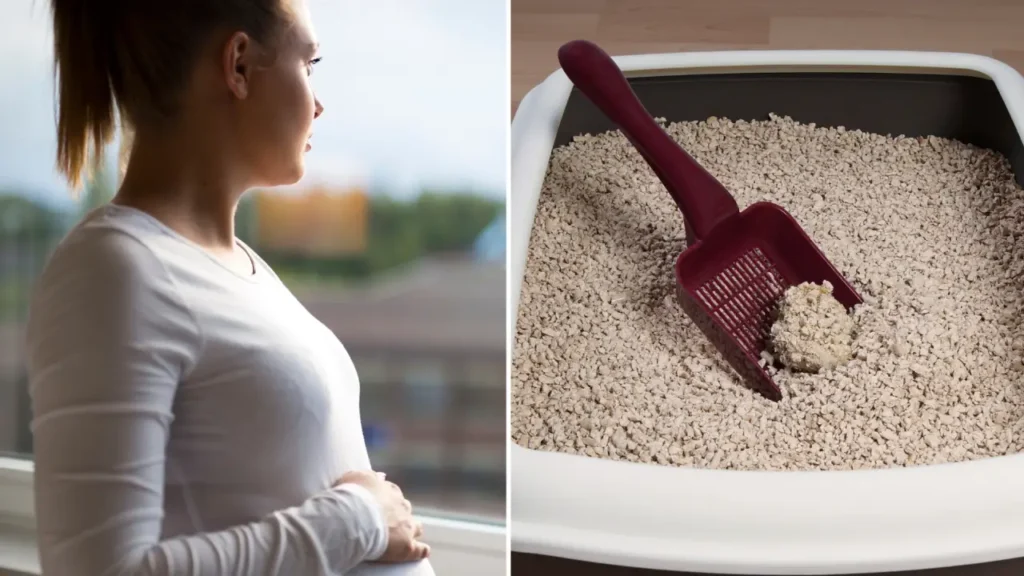
The primary concern for pregnant women when handling cat litter is toxoplasmosis, a parasitic infection that can be harmful to unborn babies.
Here are some safety tips to minimize the risk:
- Delegate the Task: If possible, ask a partner, friend, or family member to take over litter box duties during your pregnancy. This is the safest option.
- Wear Gloves: If you must change the litter box yourself, always wear disposable gloves.
- Wash Hands Thoroughly: After handling the litter box, wash your hands thoroughly with warm, soapy water.
- Clean the Litter Box Daily: This reduces the risk of toxoplasmosis, as the parasite takes 1-5 days to become infectious.
- Consider an Automatic Litter Box: These can be a convenient and hygienic option for pregnant women.
Additional Tips:
- Keep Your Cat Indoors: Indoor cats are less likely to contract toxoplasmosis.
- Feed Your Cat Commercial Cat Food: Avoid feeding your cat raw meat, which can increase the risk of toxoplasmosis.
- Wash Fruits and Vegetables Thoroughly: This helps to reduce the risk of ingesting the parasite.
By following these guidelines, you can minimize the risk of toxoplasmosis and ensure a healthy pregnancy.
Conclusion
By understanding the potential risks associated with cat litter and taking proactive measures, you can ensure a safe and healthy environment for your feline friend. Remember to choose a safe and appropriate litter, maintain a clean litter box, and monitor your cat’s behavior.
Ready to provide your cat with the safest and healthiest litter?
Magnet offers a range of safe and eco-friendly cat litter options. Our products are designed to keep your cat happy and healthy while minimizing potential risks.
Invest in your cat’s well-being and choose Magnet cat litter from us.


